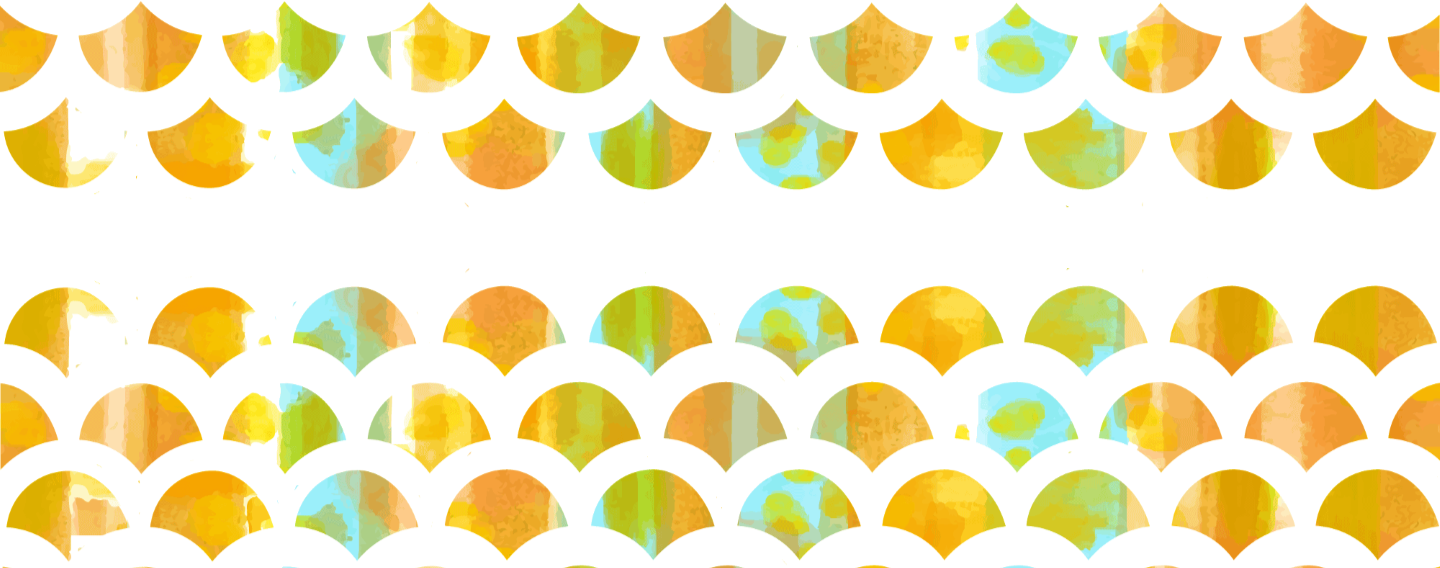
Finland as a “Light Beacon” for Serbian Digital Imaginaries: The New Forms of Digital Divide – Who Cares?
PRESENTATION FOR THE ANNUAL SOCIOLOGICAL CONFERENCE OF THE WESTERMARCK SOCIETY 2021 Finland represents a digital society developed on digi-technological imperatives and imaginaries, and with a young generation that is considered as ”digital natives” with competences and opportunities to highly benefit digitalization in their life-courses. However, statistics still show ”digital divide” and unequal socio-material stratification among […]
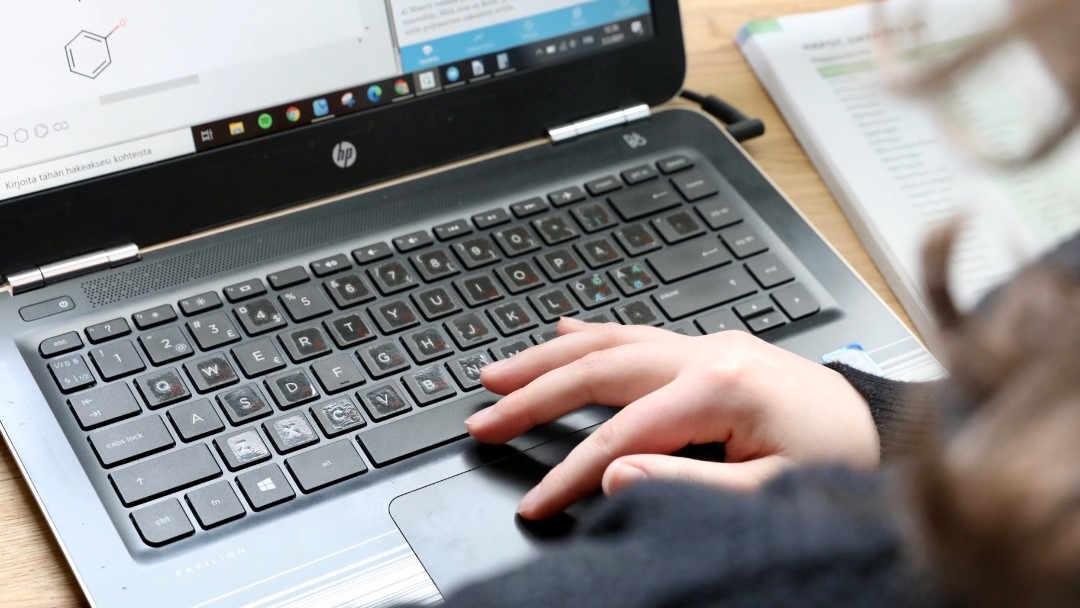
Kohti aineistonkeruuta
Olemme Dequal-hankkeessa aloittelemassa aineistonkeruuvaihetta. Tavoitteenamme on tuottaa sekä määrällistä että laadullista tutkimusaineistoa kolmella erilaisella paikkakunnalla eri puolilla Suomea vuonna 2005 syntyneiden nuorten keskuudessa. Tutkimusluvat on saatu ja kaikki näyttäisi olevan hyvin. Tutkimusaineiston tuottaminen alkaa nuorten digitaalisten laitteiden käyttöä, osallisuutta ja asuinpaikkaa taustoittavalla kyselyllä, jota olemme suunnitelleet joulukuusta alkaen. Kysely alkaa olla valmis ja se olisi […]
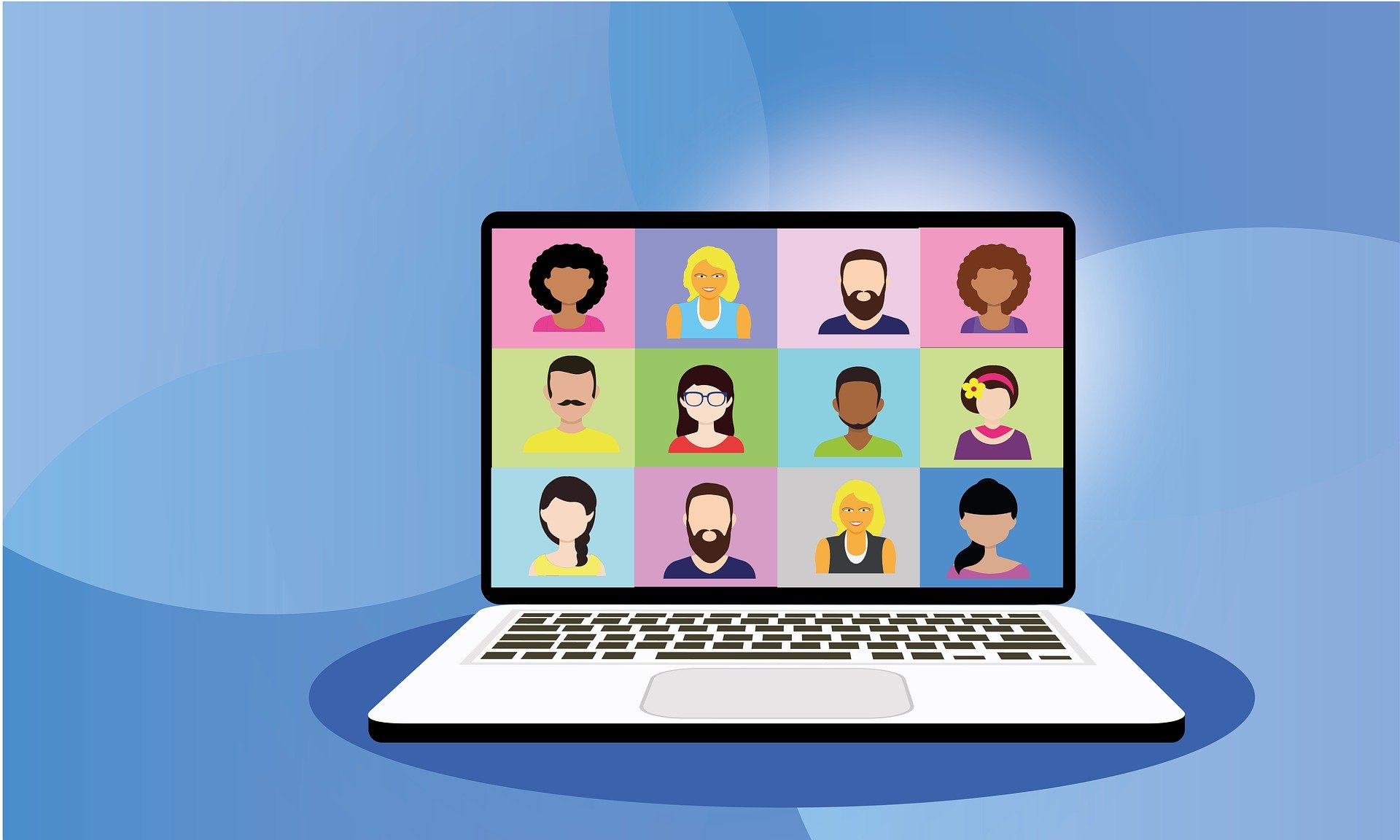
Tunnelmia virtuaalikonferenssista – Nuorisotutkimuspäivät 2020
Tylsää, puuduttavaa, pelkkiä ruutuja – tasavertaisuutta, sosiaalisuutta, aivojumppaa. Siinä ajatuksia virtuaalikonferenssista, sekä omiani että kollegojen. Olemme viimeisen vuoden aikana tottuneet tuijottamaan ruutuja. Kokoukset, seminaarit, tapaamiset – kaikki verkossa. Keväällä 2020 konferenssit ja seminaarit peruttiin, mutta sen jälkeen tilaisuudet on järjestetty onlineversioina. On tärkeää, että seminaareja järjestetään, sillä tutkimusta ei voi tehdä tyhjiössä. Ilman älyllisiä virikkeitä, […]
Digital Literacy: Writing, Typewriting, Typing, One Finger Knowledge?
Few weeks after moving to Finland from Novi Sad, I received a message from an unknown Finnish lady trough the well-known social media called Facebook. After I changed information about my new location, she could find me through a search engine. She was looking for her old friend: ”… I am now sending a message […]
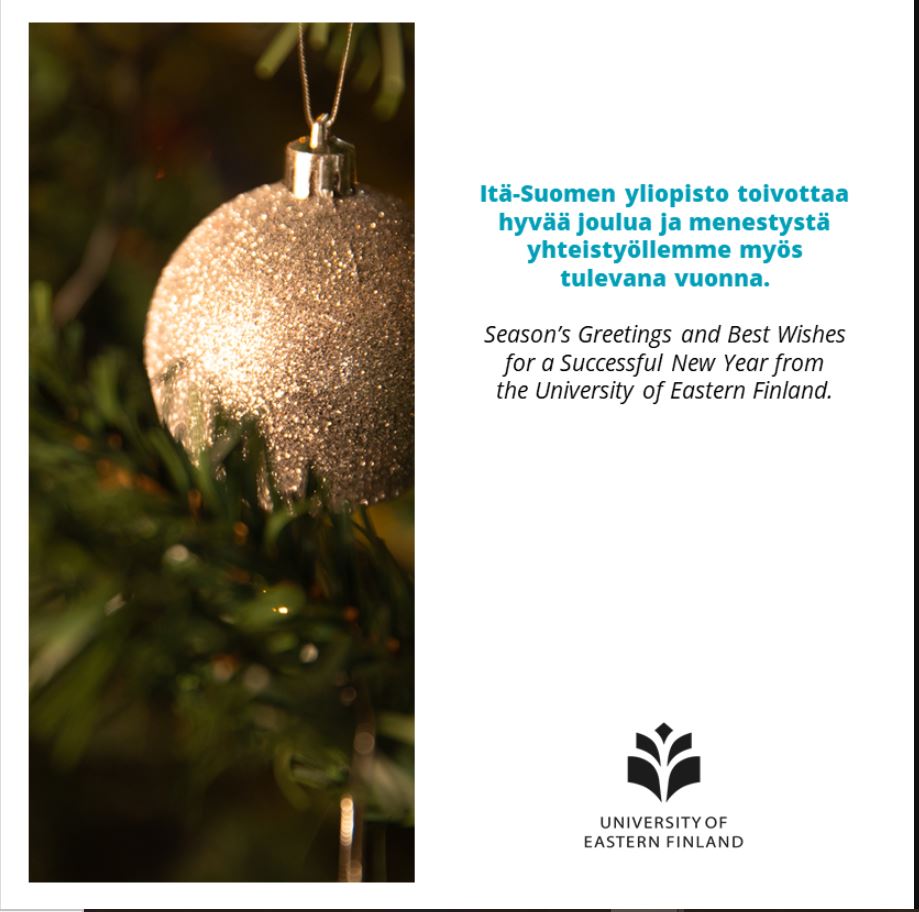
Season’s Greetings!
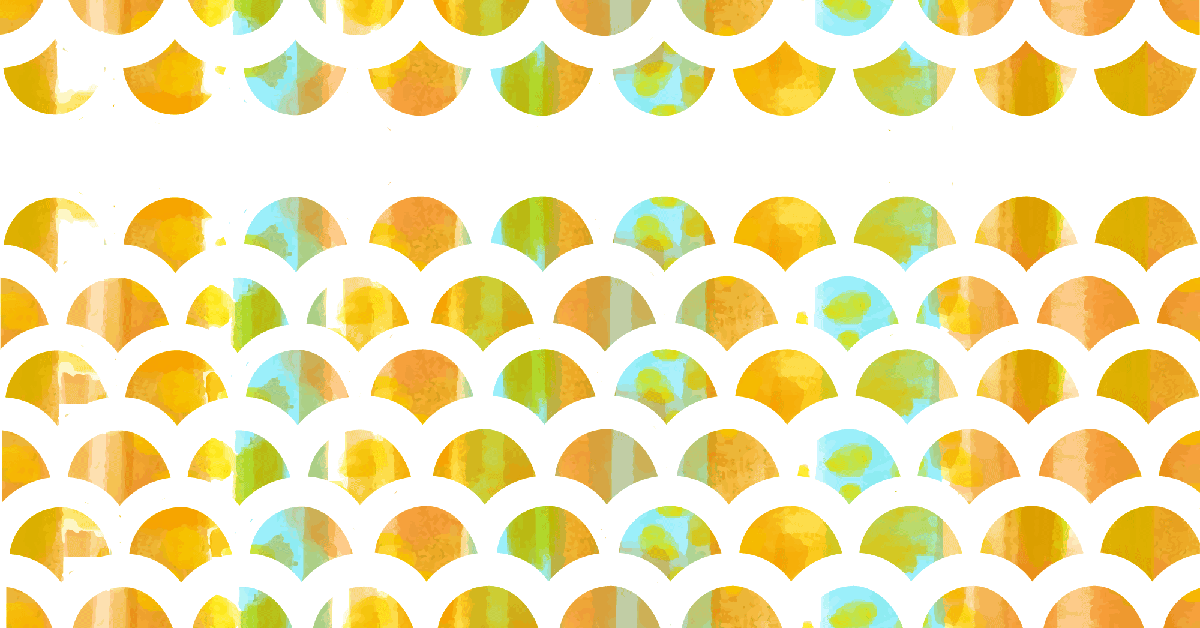
One Digital Imaginary: Digitalization of Education as Avant-Garde Education?
The debate about digital technology and education has moved beyond the question of basic access. Attention is now focusing on the issue of what young people need to know about technology – that is, the forms of competence and understanding they need if they are going to use technology effectively and critically. The debate now […]

Serbia on Her Way to Digitalize Education
European Union is supporting Serbia on her way to digitalize education. Funds and experts are available to help trough the transition. This is a part of a strategy to integrate Serbia to EU membership. https://ec.europa.eu/neighbourhood-enlargement/countries/detailed-country-information/serbia_en Serbian Ministry of Education, Science and Technological Development is promoting “digital classroom” as a first option for pupils to meet […]

Pieniä kysymyksiä SoMesta
Aika ajoin uutisissa kiinnitetään huomiota sosiaaliseen mediaan. Välillä uutisointi on hilpeää, esimerkiksi kun kerrotaan aikuisten tavoista kommunikoida ja käyttää nuorille tuttuja asioita – sellaisia kuin #-merkki ja sen ”oikeat” käyttötavat. Joskus taas, ja erityisesti näin korona-aikana, pohditaan sosiaalisen median merkitystä tilanteessa, jossa on ollut tärkeää pitää yhteyttä ystäviin, kun koulut ovat olleet kiinni. Joskus taas […]

Digitaalisen kuilun paluu?
Keväällä 2020 otsikot hätkähdyttivät- digitaalinen eriarvoisuus oli jälleen puheenaiheena. Koronakevät toi esiin, ettei etäkoululaisilla ollutkaan sopivaa digitaalista varustusta, opettajilla ei ollut riittäviä digitaalisia taitoja, koulujen digiloikka tapahtui eritahtisesti, opetus eriarvoistui digitaalisuuden myötä. Lapset ja nuoret istutettiin päiviksi sekä koulun että harrastusten osalta digitaalisten laitteiden äärelle. Huoli ruutuajasta kääntyi yhtäkkisesti huoleksi siitä, ettei nuorilla ollut riittäviä […]

Nuoret diginatiivit: Tuore kosketus ja osaamisvalta viisaan koneen aikakaudella?
Atk-osaamisen sukupolvi ja vallanvaihtokuvitelma 1990-luvulla, kun tietävät koneet alkoivat asettua osaksi yliopistojen tavallisten opettajien ja tutkijoiden työpöytäkalustoa, opetusvastuullani oli ottaa vastaan ”Viisaan koneen aikakausi” -nimiseen tenttikirjaan (Zuboff 1990) perustuneet suoritukset. Tentissä kysyin usein opiskelijoilta informaatioteknologisen invaasion merkitystä sosiokulttuuristen valtasuhteiden muuttajana – esimerkiksi siinä, miten vanhemman sukupolven uudenlaisen teknologian taitamattomuus oli alkanut alistaa heitä nuoremman sukupolven […]
